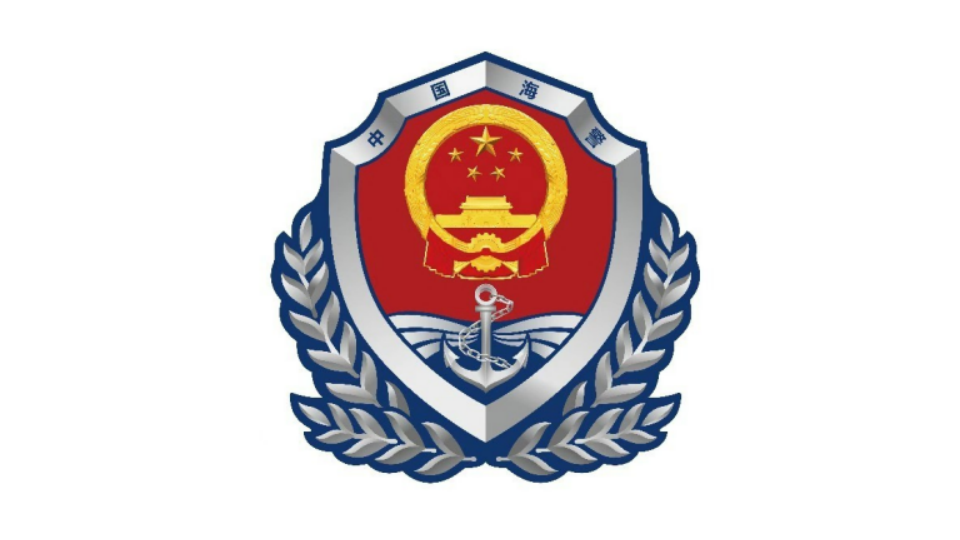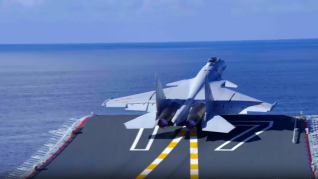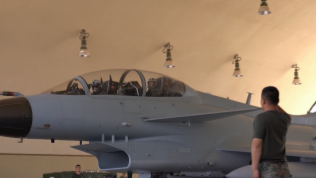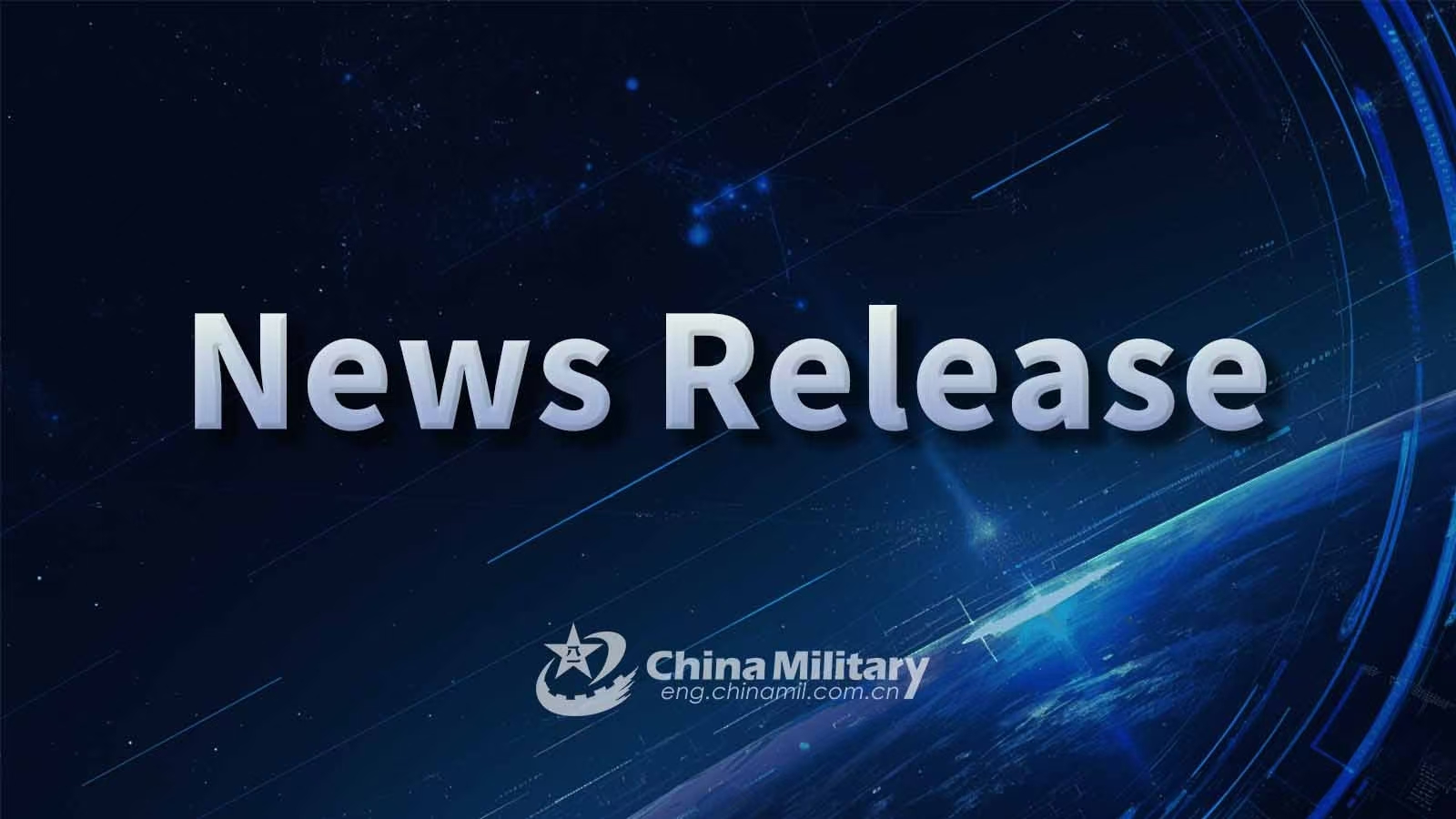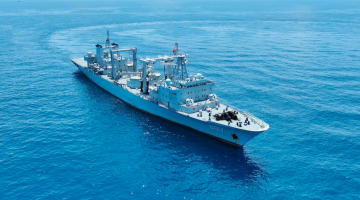By Wu Minwen
From June 19 to 27, NATO held the joint air combat exercise Atlantic Trident 2025in Finland. Earlier, from June 5 to 20, NATO conducted its annual large-scale naval-focused military exercise Baltic Operations 2025 (BALTOPS 25). At the same time, Russia's Baltic Fleet and Northern Fleet also carried out routine military drills in the area. Although both sides claim these are routine exercises, there is no doubt that the high concentration and frequency of these maneuvers have escalated geopolitical tensions in the region.
Although both Atlantic Trident 2025 and BALTOPS 25 are claimed to be routine exercises, the prolonged and evolving Russia-Ukraine conflict, coupled with policy shifts under the new US leadership toward Europe and NATO, have changed the security situation and strategic landscape in Europe. The potential impacts of these developments remain a matter of concern.
First, the intensive military exercises of NATO have very clear targets. In terms of timing, Atlantic Trident 2025 and Baltic BALTOPS 25 are seamlessly connected. Regarding the forces deployed, one focuses primarily on naval power while the other emphasizes air power, highlighting the use of both sea and air forces, making them highly complementary. Geographically, the exercises concentrate in areas neighboring Russia, Finland and the Baltic Sea region, clearly demonstrating their targeted nature.
Second, Russia has demonstrated through actions that it remains a military power that cannot be underestimated. While continuing its special military operation, Russia has conducted nuclear strategic deterrence drills at various times and in different directions. During the BALTOPS 25 of NATO, the Russian Baltic Fleet and Northern Fleet also carried out routine exercises in the same waters, leaving no doubt about the exercises' targeted nature and the underlying element of confrontation.
Third, a prolonged geopolitical standoff between Russia and Europe has become inevitable. For Russia, despite its vast expanse spanning Eurasia, access to the sea has always been an ingrained strategic anxiety. To the north lies the Arctic Ocean, frozen most of the year. To the south, its only route to the Atlantic is choked by the Bosporus Strait in Istanbul, Turkey. To the east, Vladivostok offers an ice-free port, but the Far East is not Russia's strategic focus. To the west, Russia's primary maritime gateway to Europe is the Baltic Sea. However, since Finland joined NATO, Russia's outlet to the Baltic has been squeezed to a strip just tens of kilometers wide at the Gulf of Finland, flanked by Finland, Lithuania, Latvia, and Estonia, all NATO members.
Since Donald Trump took office, the US administration has made clear shifts in its policy toward NATO and the Russia-Ukraine conflict. It is foreseeable that these policies will remain largely unchanged for at least the duration of Trump's four-year term. Based on this judgment, at the EU special summit held in Brussels this March, President of the European Commission Ursula von der Leyen announced the ReArm Europe Plan. In May 2025, during a European Council meeting in Brussels, all 27 EU member states approved the plan. According to the plan, the EU will allocate an initial funding package of €150 billion (approximately $170 billion) to help member states revitalize their defense industries, with a focus on supporting the research, development, and production of artillery ammunition, missiles, drones, air defense systems, military transport aircraft, as well as cyber defense and AI technologies. According to media reports, the total investment under the ReArm Europe Plan could reach as high as €800 billion (approximately $906.6 billion).
All of this indicates that Europe now regards Russia as a long-term, real, and significant security threat. In light of the US administration's policy shift toward Russia and its reduced security commitments to Europe, the situation is becoming even more urgent. Atlantic Trident 2025 and BALTOPS 25 demonstrate the determination of Europe and NATO, while also raising the intensity of regional geopolitical confrontation.
Editor's Note: Originally published on zqb.cyol.com, this article is translated from Chinese into English and edited by the China Military Online. The information and opinions in this article do not necessarily reflect the views of eng.chinamil.com.cn.






